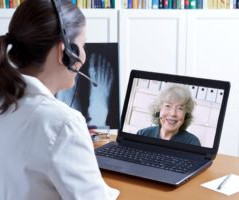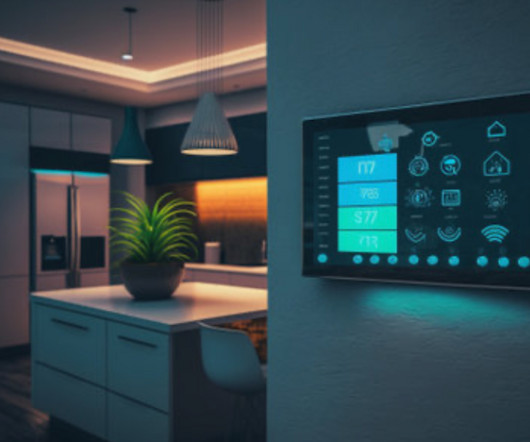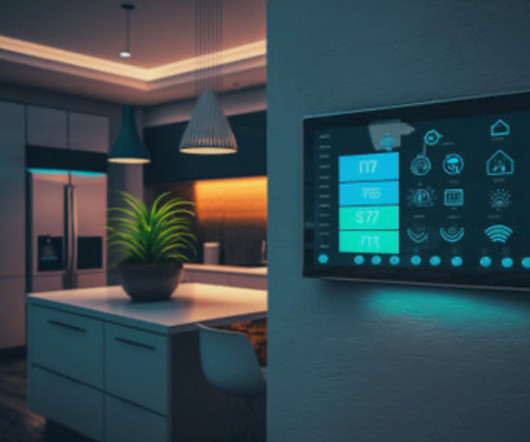Remote Care Delivery for Patients with Celiac Disease During and After COVID-19
DrKumo Remote Patient Monitoring
AUGUST 8, 2022
This article tackles potential remote care delivery for celiac disease patients through emerging healthcare technologies like telehealth, telemedicine, and remote patient monitoring. Remote Care Delivery for Patients Through Telehealth. When to seek remote care? Accessibility.















Let's personalize your content